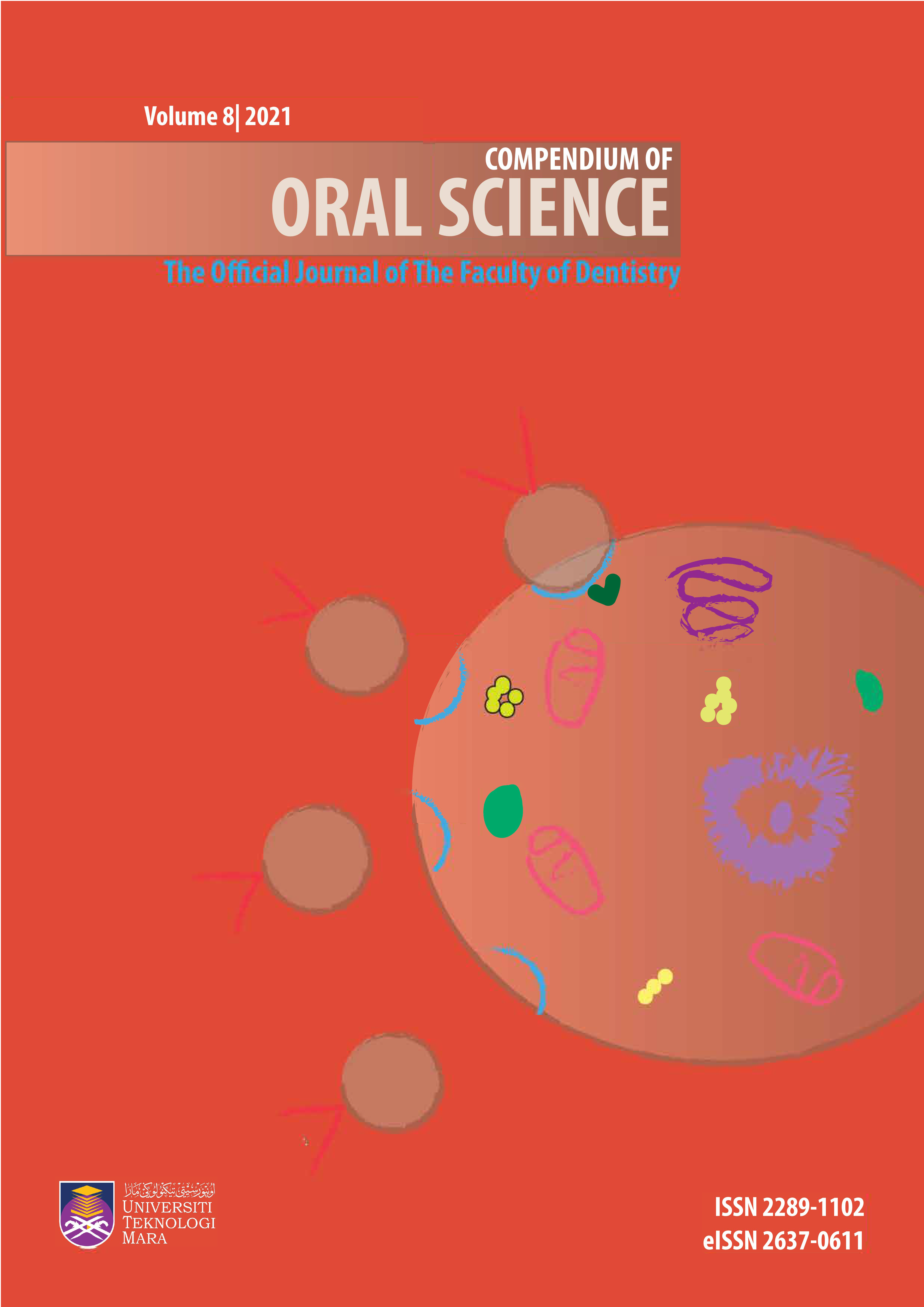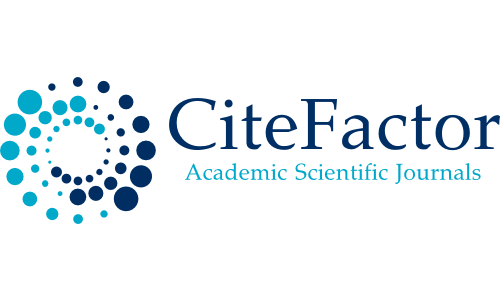Model to Aid Teaching of Electronic Apex Locator Use for Endodontics in Dental Pre-Clinical Training – A UiTM Experience Pilot Study
DOI:
https://doi.org/10.24191/cos.v8i0.17483Keywords:
dental education, apex locators, dental simulation, apex locator modelAbstract
Background: Electronic Apex Locators (EAL) has been increasingly used to facilitate working length determination in endodontics. This instrument is becoming more important to be used in addition to radiographs. A steep learning curve has existed between EAL use in the clinical, from the pre-clinical settings. Objectives: To fabricate a model that will facilitate dental students to use Electronic Apex Locator (EAL) in the dental simulation clinic and to conduct a questionnaire-based survey to investigate Electronic Apex Locator Model (EALM) effectiveness. Materials and Methods: Construction of model master jaw, EALM, using materials available in the prosthetic laboratory. The model can be mounted on the phantom head which when connected to an EAL will simulate its clinical use. A validated questionnaire was distributed to a group of n=10 pre-clinical students before and after demonstration conducted at the simulation clinic. Results: A prototype EALM was successfully fabricated at Universiti Teknologi MARA Dental Prosthetic Laboratory. with features incorporating conductive-media-chamber, with attached anatomically-correct fabricated model teeth. The teeth were constructed incorporating continuous access cavity, root canal, through to a patent apex. When attached to the jaw model, the electrical circuit was connected allowing EAL to function. Conclusion: EALM can be conveniently constructed at the Dental Prosthetic Laboratory by using materials readily available here. Furthermore, a steep learning curve exist between pre-clinical and clinical studies was bridged by the use this EALM and this allowed familiarity of clinical handling EAL. However, this study was limited by the small number of students exposed to this new method. Further prospective study is required by increasing the sample size to provide more significant results.
Downloads
Published
How to Cite
Issue
Section
License
Copyright (c) 2024 Compendium of Oral Science

This work is licensed under a Creative Commons Attribution-NonCommercial 4.0 International License.
Materials contained in the journal may be reproduced for educational purposes provided that both the author(s) and the journal are appropriately recognised; otherwise duplication is not permitted. No articles, reports, or portions there of may be translated into other languages, published in books, journals, magazines, or any other print form without written permission from the authors and from the journal.
Disclaimer: The statements, opinions and data expressed in the articles and reports herein are those of the author(s) and not of the publisher and the editor(s). The publisher and the editor(s) disclaim responsibility for any injury to persons or property resulting from any schemes, methods, instructions or ideas referred to in the content.















